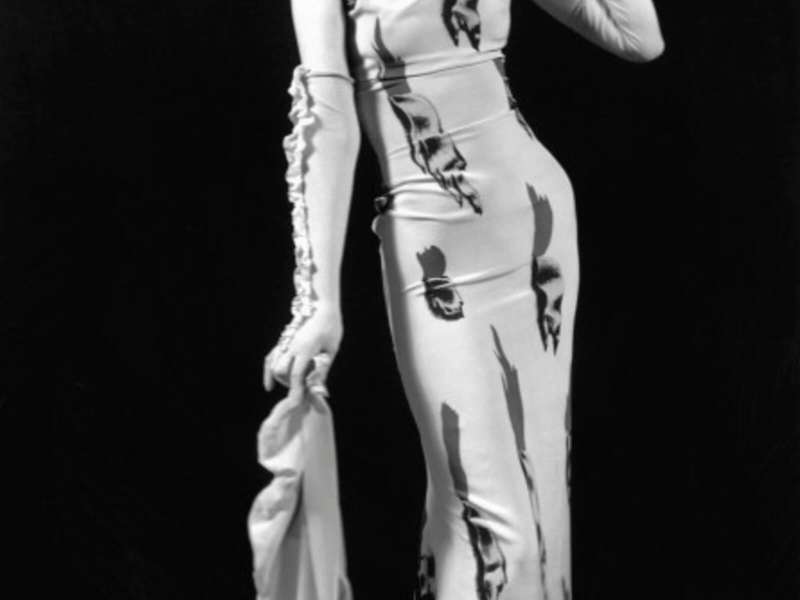
Schiaparelli: When Fashion Dares to Think
At London’s V&A, the exhibition Schiaparelli: Fashion Becomes Art celebrates the visionary genius of Elsa Schiaparelli, pioneer of the dialogue between fashion and surrealism. From her iconic designs with Dalí to Daniel Roseberry’s sculptural creations, a journey through the boundless imagination of the century.
もっと読む